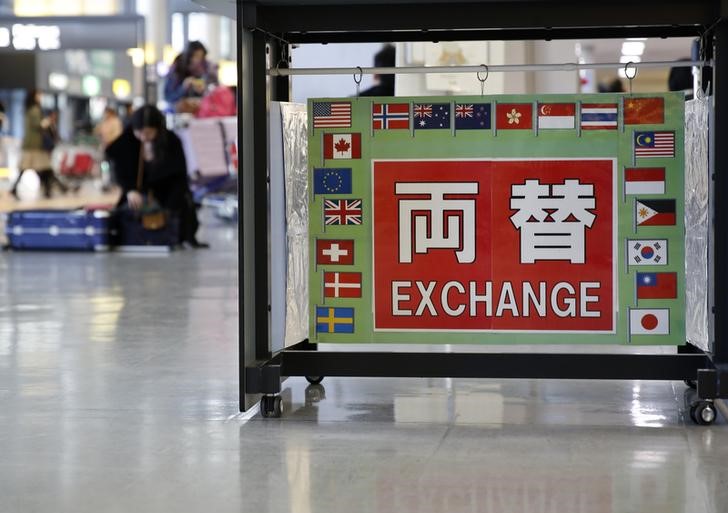TPI Composites files for Chapter 11 bankruptcy, plans delisting from Nasdaq
Bank of America (BofA) released a report analyzing the Chinese Yuan’s (CNY) resilience amid escalating U.S. tariffs on Chinese goods, which have increased by 20%. The CNY has demonstrated a notable stability, appreciating almost 1% against the US Dollar (USD) this year.
China has adopted a measured response to the US tariff increases, focusing on American agricultural products with tariffs up to 15% and halting exports to selected US defense companies. This approach contrasts with the aggressive tit-for-tat strategies seen in previous years, particularly during 2018 and 2019, when China used CNY depreciation as a countermeasure to US tariffs.
The People’s Bank of China (PBoC) has been setting the USD/CNY fixing rate, which determines the daily trading range, in a manner that avoids exacerbating FX volatility. This is seen as a possible shift from past tactics where the CNY was allowed to weaken to balance the impact of US tariffs.
Despite these observations, BofA suggests it’s too early to conclude that China’s FX policy has fundamentally changed. The CNY is still lagging behind its emerging market counterparts, and the narrowing US-China yield spreads indicate that the CNY is experiencing indirect monetary easing through a 2% depreciation in the trade-weighted CFETS basket. This strategy allows China to maintain a stable USD/CNY rate without increasing FX volatility.
Looking ahead, BofA posits that the true test of China’s commitment to a stable CNY against the USD will come in the face of ongoing trade tensions. A steady nominal exchange rate between the world’s two largest economies may necessitate more significant adjustments in their real economies, potentially leading to disinflation in China and inflation in the US.
This article was generated with the support of AI and reviewed by an editor. For more information see our T&C.
